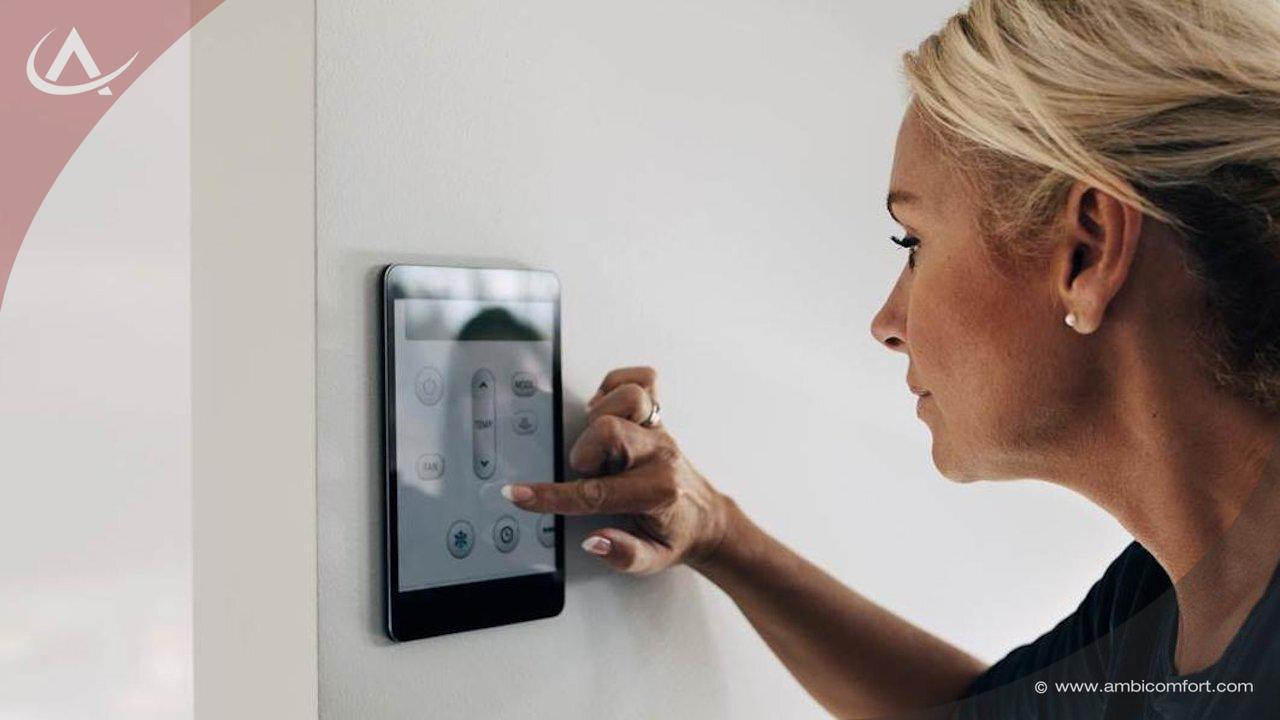The use of a thermostat in a modern household is of utmost importance, because you should know that the average Slovenian household uses about 70% of its energy for space heating, 11% for heating domestic water, 10% for lighting and 6% for cooking. This shows that the largest share of consumption can generate the largest savings. It is therefore essential to use energy rationally and economically for heating and domestic hot water.
Room thermostats work by measuring the room temperature. Based on the measurement of deviations from the room temperature, it switches the central heating system on or off. Electronic room thermostats usually have a weekly programme clock built in and at least two room temperature levels can be set. This type of operation allows us to adapt their operation to our lifestyle.
It is recommended to use thermostats in storey flats or smaller houses. In larger buildings, the use of a controller that operates according to the outside temperature is certainly recommended. Room thermostats are useful in larger buildings for additional, fine and precise control of individual rooms.
Heating system controllers operating on the basis of the outside temperature only supply the heating elements with as much heat as the building needs at any one time to compensate for heat losses. In this way, they maintain a uniform room temperature. This type of thermostat has many advantages over other types. It is recommended for use in all heating systems with radiator, underfloor or convector heating. As mentioned above, the only disadvantage of this type of thermostat is that it does not allow the temperature of individual rooms to be regulated. For this purpose, it is advisable to install room regulators and radiator valves.

